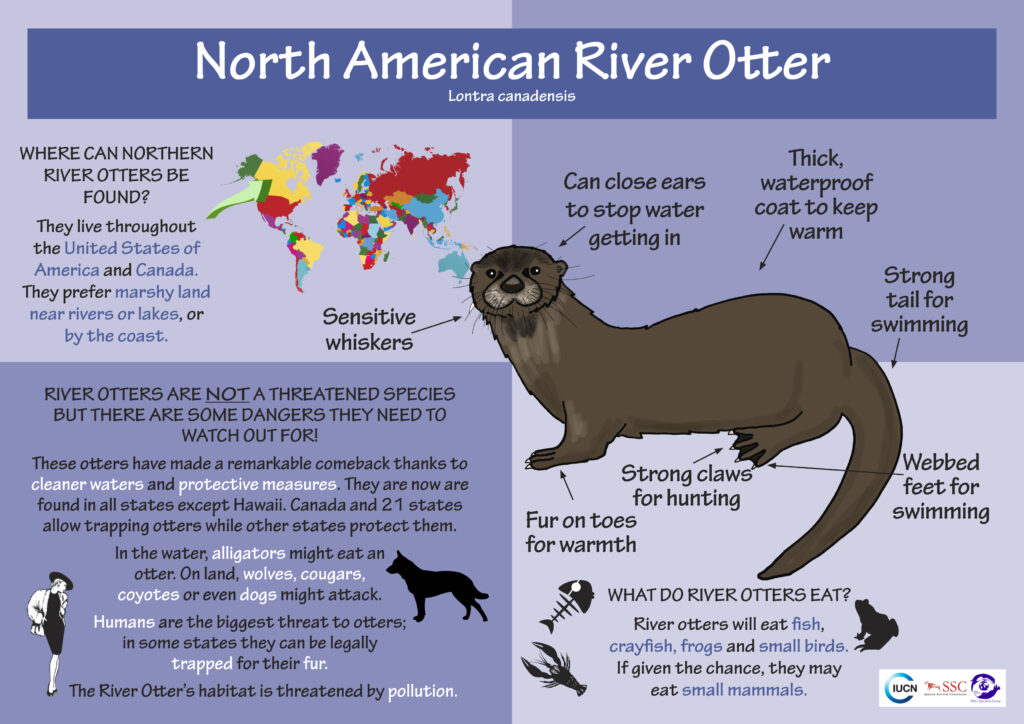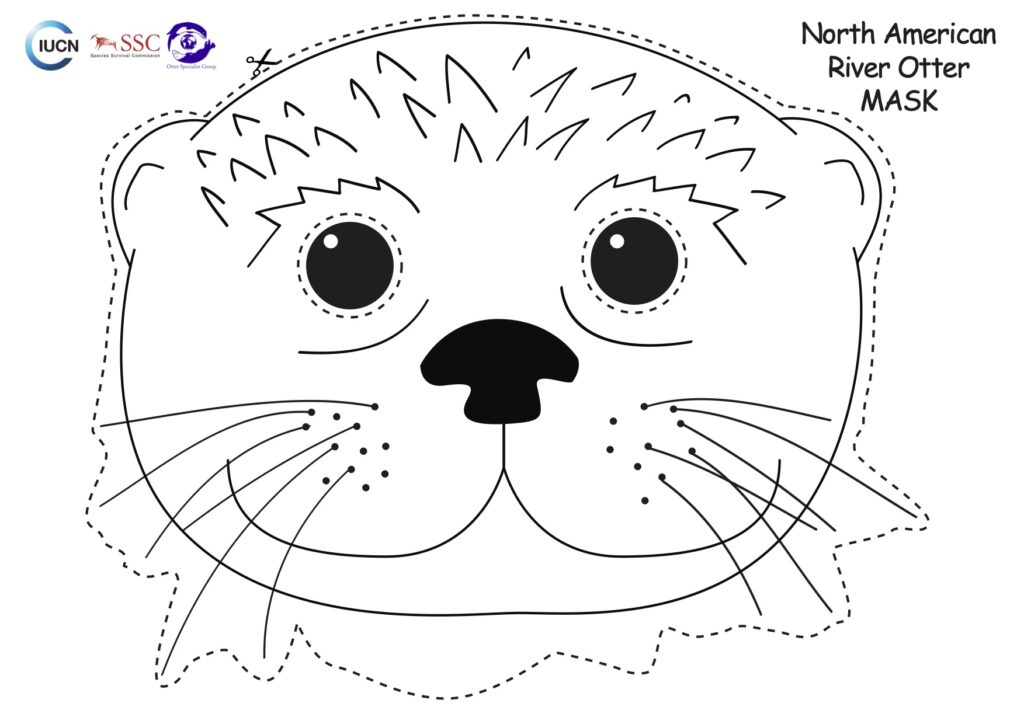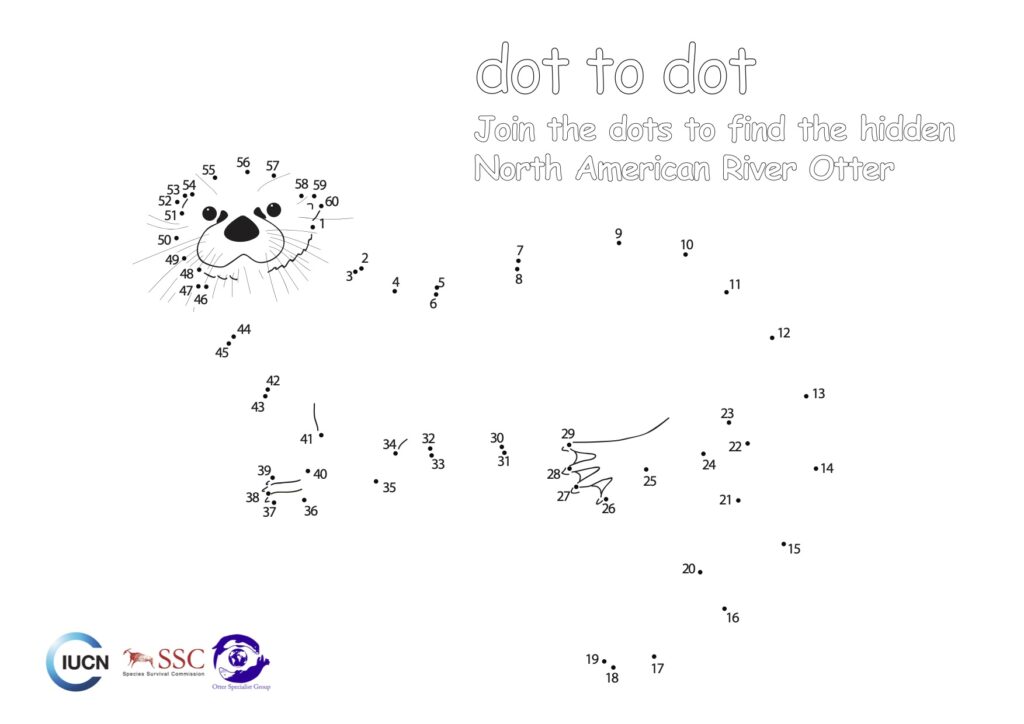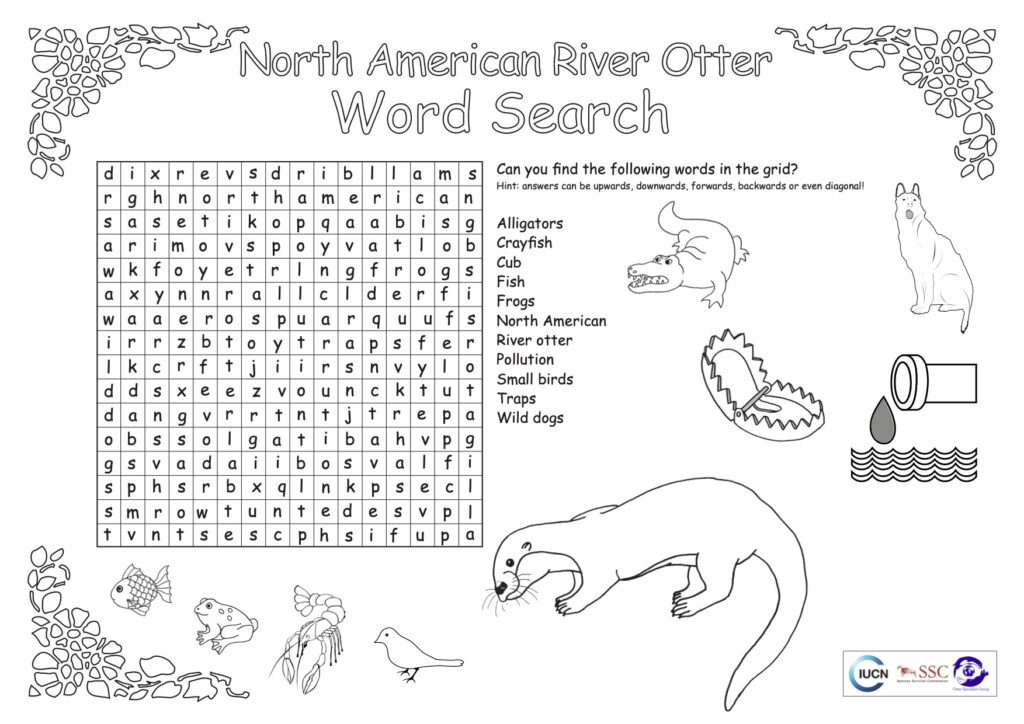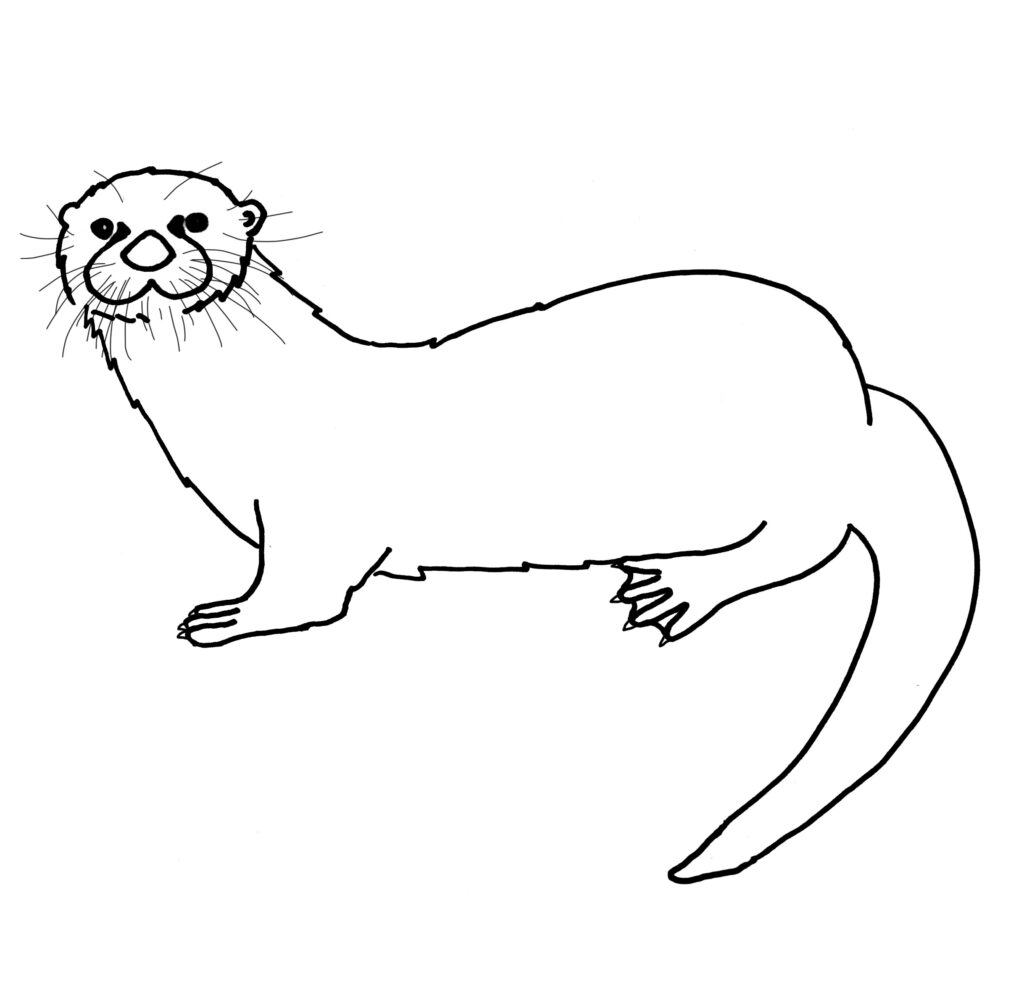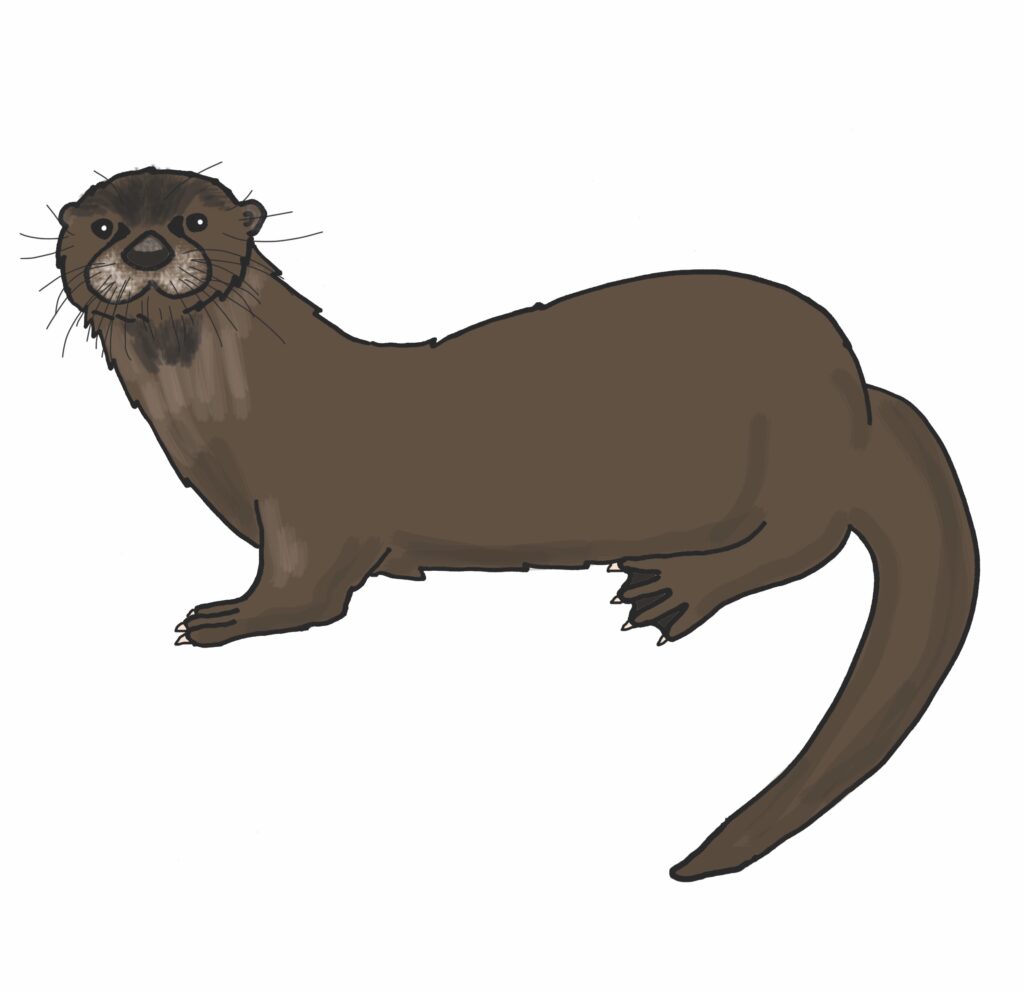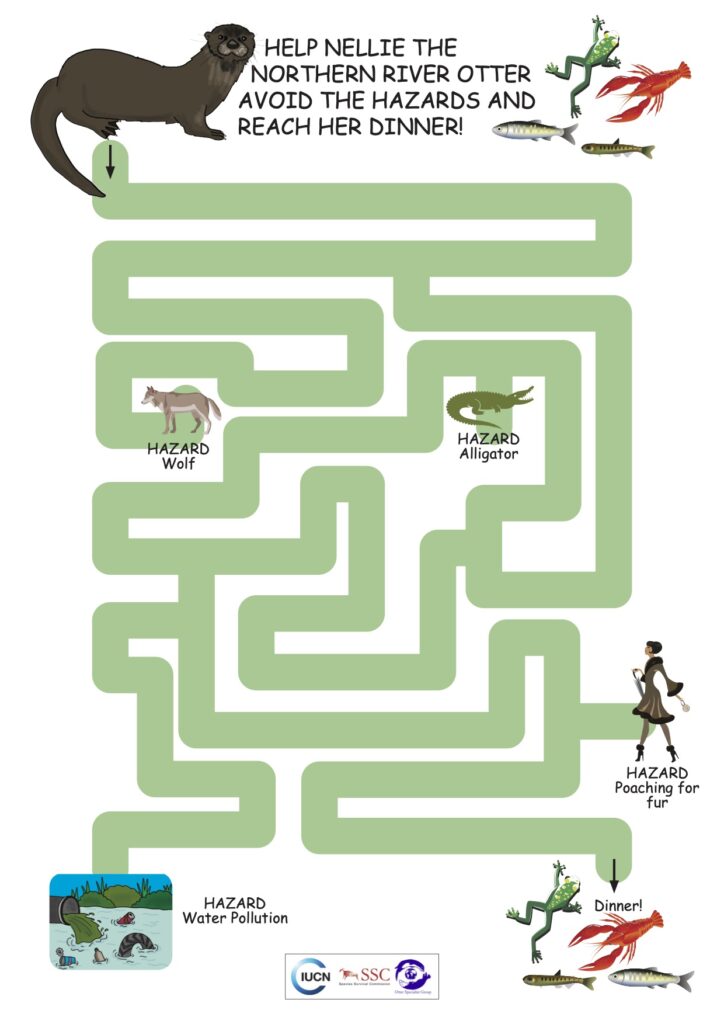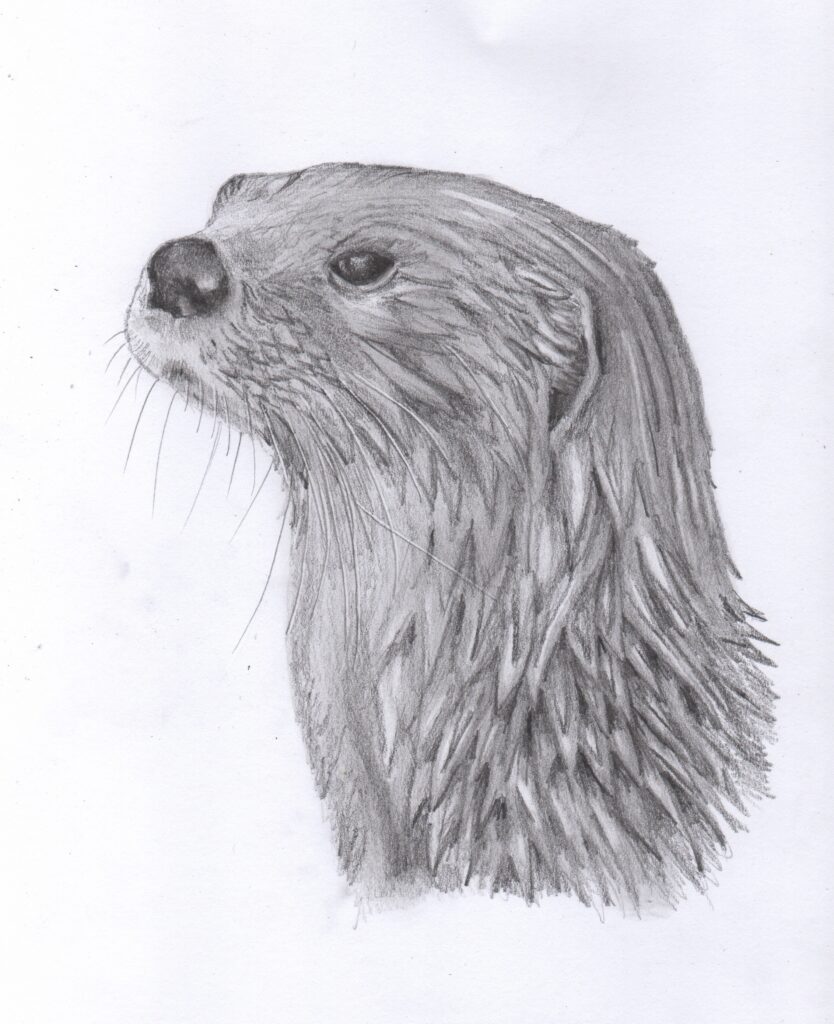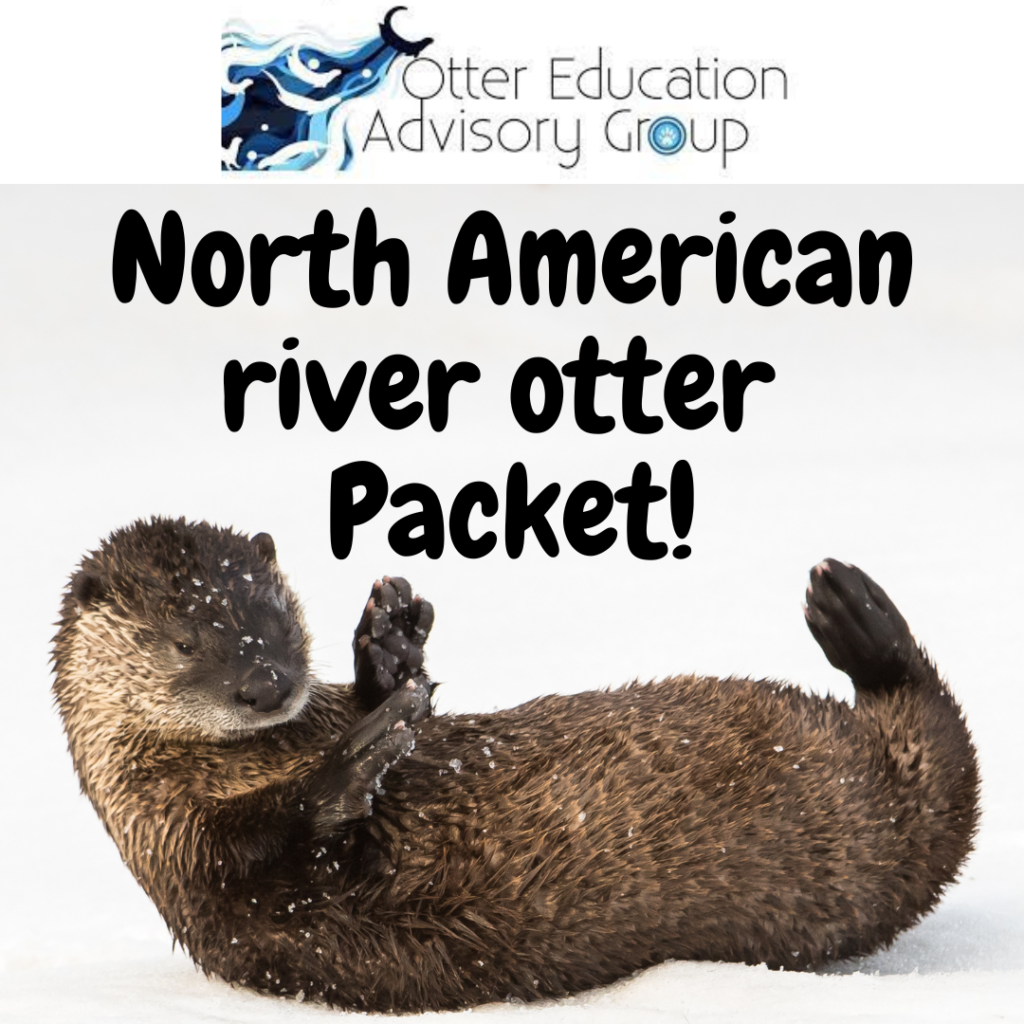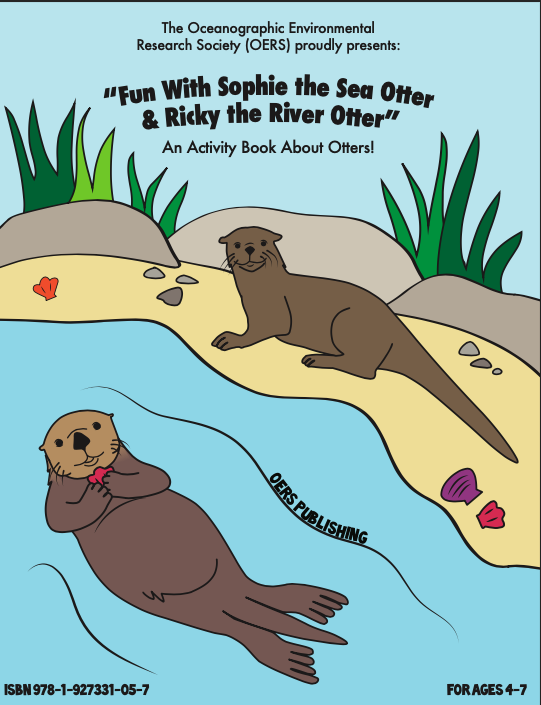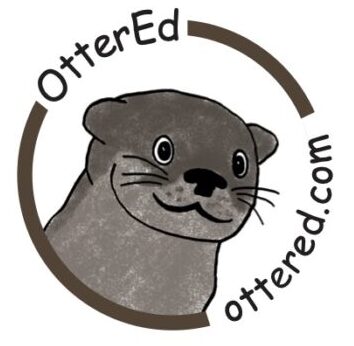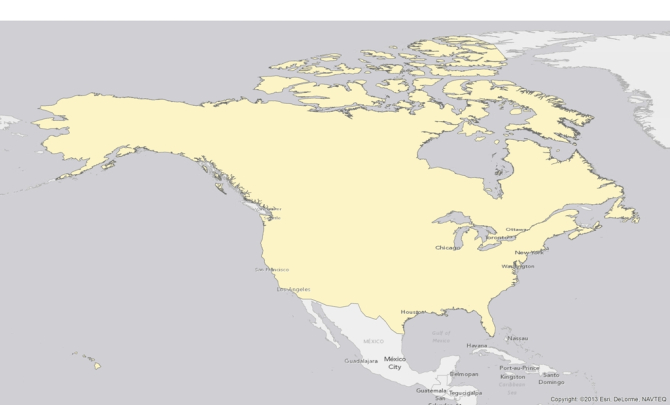
IUCN status: Least Concern
Alias: northern river otter, river otter,
Predators: alligators, bobcats, cougars, coyotes, dogs, wolves
Threats: habitat loss, poaching, accidental trapping, pollution, roadkill
Size: 100-153 cm (body 66-107 cm tail 31-46 cm)
Weight: 8-11 kg
The North American river otter is a large otter whose story is a success. By the 1950s its numbers were greatly reduced due to trapping and pollution, but after a long campaign to clean the waterways, trapping management and reintroductions in states in which it no longer occurred, this species now thrives throughout the USA and Canada. Renowned for their playfulness, North American river otters are active year round, even in deep snow.They are mainly crepuscular and eat fish, molluscs and crustaceans while other sources of food are consumed opportunistically. More social than Eurasian otters, they are commonly seen in small family groups of mothers and their offspring and that may include year-old individuals known as “helpers”. They build their dens in river banks and line them with leaves, moss, grass, bark and hair.
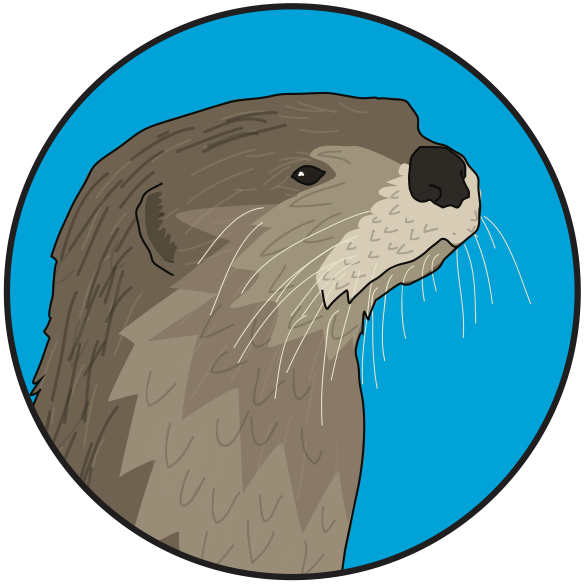
RESOURCES
Click on the thumbnail captions to see larger images and to download these English language resources. For resources in other languages, see our Languages page.
